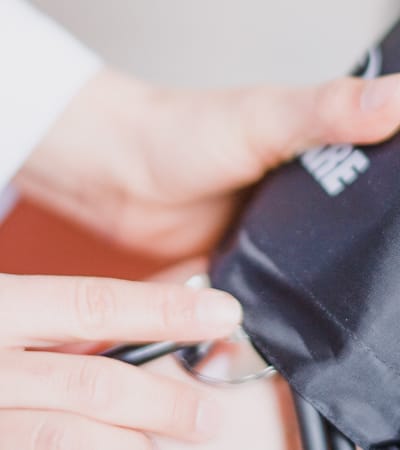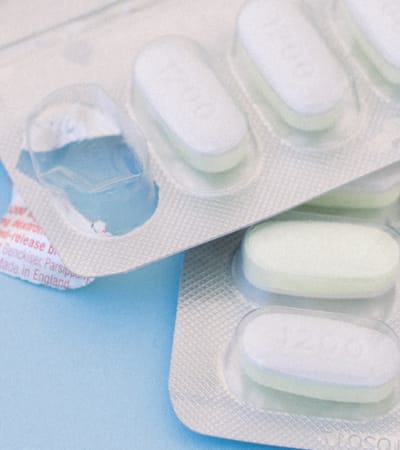Raynaud’s Phenomenon
Causes
Raynaud’s phenomenon is the result of abnormal vasoconstriction. Vasoconstriction occurs when the body enters a cold environment and blood vessels in the extremities constrict to keep the blood and warmth at the body’s core. There are several medical conditions that affect the hand’s vascular system, including lupus, rheumatoid arthritis, and trauma. Other causes include smoking and taking certain medications. Unlike Raynaud’s phenomenon, Raynaud’s disease occurs without underlying conditions and is not fully understood.
Symptoms
Symptoms of Raynaud’s phenomenon vary in each person, but often include fingers that turn pale then blue when exposed to cold or stress, then red when the hands are warmed. Hands can become swollen and painful when warmed and sores can develop on fingertips in some cases.
Diagnosis
Physicians will need to differentiate between Raynaud’s phenomenon and Raynaud’s disease by analyzing the patient’s medical history and symptoms. Blood and vascular testing often occurs.
Treatment
Activity modification is the first step in treatment of Raynaud’s phenomenon and disease. This can include avoiding cold environments, wearing gloves or mittens, and quitting smoking. Medications may also be used in the winter months to reduce blood vessel constriction.




